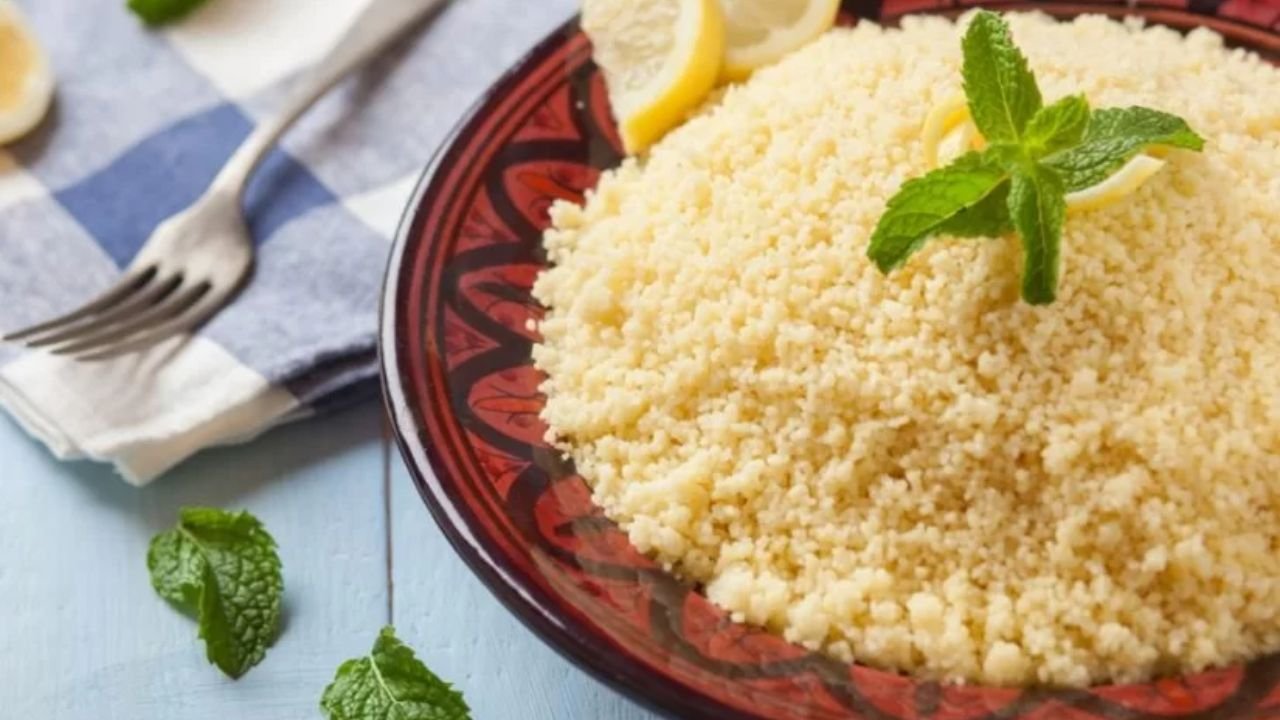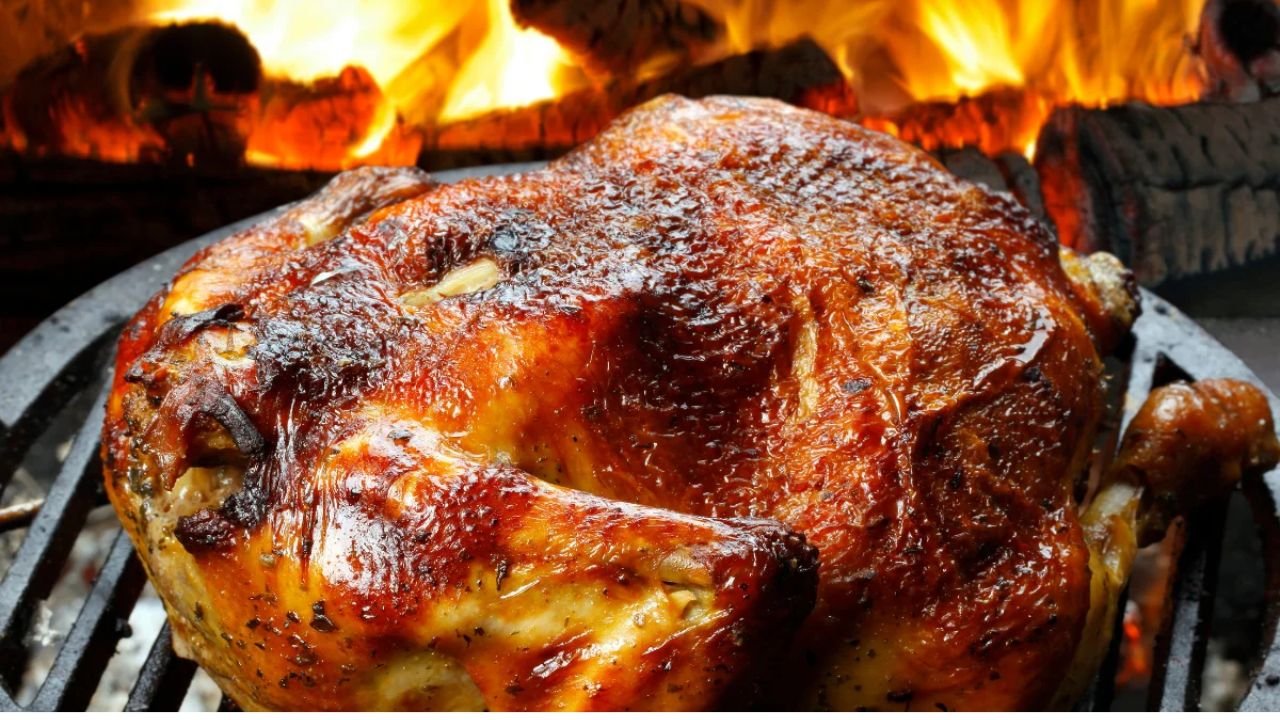Cassasse is more than just a dish; it’s a culinary tradition that captures the heart and soul of its region. For foodies, culinary explorers, and cultural enthusiasts, cassasse offers a delightful blend of flavors and a rich history that beckons exploration. In this blog post, we’ll take you on a flavorful journey through the origins, preparation, cultural significance, and global adaptations of cassasse. Prepare to immerse yourself in the savory, spicy, and aromatic world of this traditional dish.
Origins and Evolution of Cassasse
At the heart of cassasse lies a historical tapestry woven from various cultural influences. The dish’s origins can be traced back to ancient times when local communities combined indigenous ingredients with techniques introduced by explorers and traders. Over centuries, cassasse has evolved, adapting to the diverse cultures that embraced it. Each region infuses its own identity into the dish, resulting in a multitude of interpretations and flavor profiles.
The evolution of cassasse is a testament to the rich cultural exchange that defines its heritage. Ingredients and methods have shifted over time, reflecting changes in trade routes and access to new spices. This adaptability has allowed cassasse to flourish as a symbol of cultural integration, bridging gaps and uniting people through food.
Cassasse Ingredients and Preparation
Central to the magic of cassasse are its key ingredients, which vary depending on the region. Common elements include locally sourced meats, vegetables, and aromatic spices that lend their essence to the dish. Traditional preparation methods emphasize slow cooking, allowing flavors to meld harmoniously and create a truly unforgettable taste experience.
Regional variations provide delightful twists on the classic cassasse recipe. Some versions incorporate seafood, while others prioritize earthy vegetables or exotic spices. These differences showcase the versatility and adaptability of cassasse, making it a canvas for culinary creativity.
The Cultural Significance of Cassasse
Beyond its delectable taste, cassasse holds deep cultural significance. It plays a vital role in local and regional festivals, celebrations, and everyday life. Families and communities gather to prepare and share cassasse, fostering bonds and passing down traditions from one generation to the next.
The communal aspect of cassasse preparation is a cherished ritual. From selecting the finest ingredients to cooking together, the process is a labor of love that strengthens ties and creates lasting memories. Cassasse is more than just a meal; it’s a celebration of community and heritage.
The Flavors of Cassasse
The taste profile of cassasse is a symphony of flavors that captivates the senses. The dish artfully balances savory, spicy, and aromatic notes, creating a complex yet harmonious experience. Each bite reveals layers of flavor that dance on the palate, leaving a lasting impression.
Cassasse’s flavors are best enjoyed with complementary foods and beverages. Pairings vary depending on regional preferences and personal taste, but common choices include rice, flatbreads, or refreshing beverages that cleanse the palate and enhance the overall dining experience.
Cassasse Around the World
Cassasse enthusiasts and makers span the globe, each contributing their own unique take on the dish. From bustling urban centers to remote rural communities, cassasse has found a place in international cuisines. Global trends and adaptations continue to shape cassasse’s evolution, ensuring its relevance in the modern culinary landscape.
Stories of cassasse lovers from different cultures highlight the dish’s universal appeal. Whether it’s a chef in Tokyo putting a contemporary spin on cassasse or a home cook in Paris recreating a family recipe, the passion for this traditional dish is palpable and infectious.
Cassasse Recipe and Tips for Home Cooks
For those eager to recreate cassasse at home, we’ve got you covered with a detailed recipe and expert tips. The step-by-step instructions guide you through the process, from gathering ingredients to achieving authentic flavors and textures.
Tips for success include selecting quality ingredients, taking time to develop flavors, and experimenting with regional variations to suit your taste. By following these guidelines, you’ll be able to bring the magic of cassasse into your own kitchen and share it with loved ones.
Conclusion
Cassasse is a culinary treasure that invites exploration and appreciation. Its rich history, diverse flavors, and cultural significance make it a dish worth savoring. Whether you’re a seasoned foodie or a curious cultural enthusiast, cassasse offers a unique opportunity to connect with tradition and indulge in the pleasures of gastronomy.
FAQs
What is cassasse?
Cassasse is a traditional dish with deep cultural roots, known for its savory, spicy, and aromatic flavors.
How is cassasse typically prepared?
Cassasse is typically prepared using locally sourced meats, vegetables, and spices, with slow cooking to meld flavors.
What makes cassasse culturally significant?
Cassasse holds cultural significance as it plays a role in festivals, celebrations, and everyday life, fostering community bonds.
Are there different variations of cassasse?
Yes, there are numerous regional variations of cassasse, each with its own unique ingredients and flavor profiles.
Can I make cassasse at home?
Absolutely! With the right ingredients and a bit of patience, you can recreate authentic cassasse at home.










